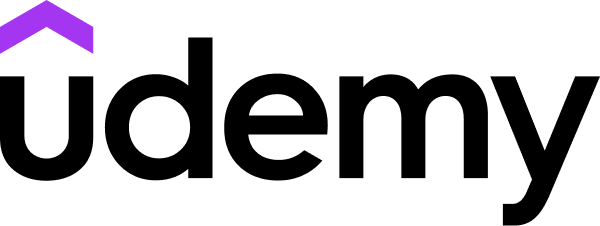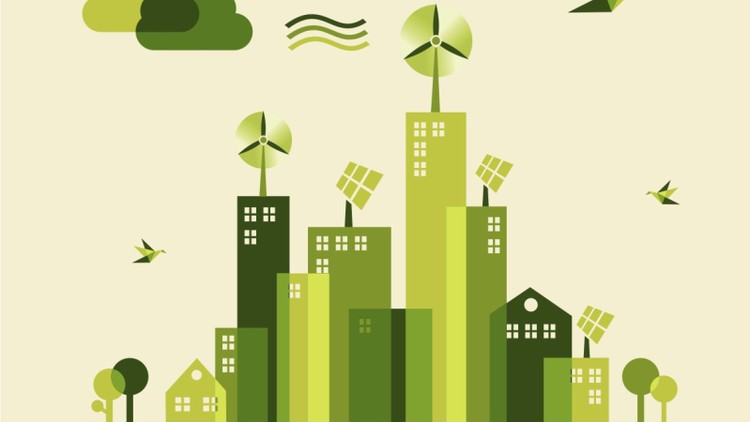Course overview
- Provider
- Udemy
- Course type
- Paid course
- Level
- All Levels
- Duration
- 7 hours
- Lessons
- 93 lessons
- Certificate
- Available on completion
- Course author
- Dr. Spyros Giannelos .
-
- Energy investments & code this on FICO
Description
---------------------------------
Do you want to get this course at the smallest possible price and not at the price that Udemy has set ??
Look at this screen on your right, where it says "Apply coupon".
And in there, copy-paste this code: F02A111D3FFF7E817AF8 and you're all set!
--------------------------------
This course will teach you all that you need to know for finding whether a possible investment in an energy infrastructure project (e.g. in an electricity transmission line) is economically beneficial, thereby justifying undertaking it. This task is known as "quantitative assessment of energy investments" and requires both technical skills and theoretical knowledge. This course teaches both from scratch.
The programming language "Python" is vital for conducting quantitative investment assessments. Therefore we go through
The course requires zero programming experience and no knowledge of Python or of any other language is needed. We learn everything from scratch. In fact, many students come from different backgrounds such as law.
You need to have no prior knowledge of economics.
By the end of this course, you are expected to be equipped with all skills required to land interviews and get jobs in consultancy (energy, finance, economics), as well as in startups, or in energy companies. You will have gained confidence in programming (on Python) and in developing your own optimization models for energy investments.
The course starts with the Theory of Energy Investments. We are looking at key electricity infrastructure assets and energy investments driven by the need for decarbonization of the electricity system. We then look at energy investments driven by the need for flexibility in the electricity system (we also define what flexibility is). We also mention the role that the peak electricity demand plays in investment decision-making for electricity grids.
Furthermore, we define key concepts in the theory of energy investments, such as the concept of build-time, the concept of the economic life of an investment, and the concept of the risk of stranded energy infrastructure assets.
We then proceed with the installation of Python, Pyomo, and Optimization solvers. The programming language Python is a very useful tool in the study of the theory of Energy Investments, and throughout the course, we will be looking at some fundamental code in great detail. Pyomo is an optimization modeling language, which works alongside Python, and helps us write optimization models, which will then be solved through the use of optimization solvers.
We then look at a real-world example of a methodology for the quantitative assessment of energy investments and specifically we look at the example of investing in a hydroelectric power station. We use Python, and model the optimization model from scratch, using the package Pyomo. We learn everything from scratch and we advance slowly step-by-step; no prior experience is needed. We see what a concrete model and an abstract model are, we show how to solve multiple instances of a model and how to conduct sensitivity analyses.
We also learn how to perform investment cost analysis using Python and Excel. We learn what the capitalization factor is and how to calculate it using Excel and Python. We also learn how companies finance energy investment projects. We see how to calculate the investment cost of an energy project in great detail. We also show how to express investment costs - whether they relate to Energy Storage or to Fixed/Variable costs of transmission lines - in the very popular per-unit system of measurements.
We will also learn what "topology" is and how to illustrate the topology of an electricity system from scratch. For this, we will use Matlab.
We then go through, in great detail, an optimization model for investments in Onshore Wind Farms. And then, we study another case related to a company that manufactures Wind-Turbines.
Then, we use Python to model Cumulative Discounting. First, we introduce the concept of an epoch/stage and of the horizon. Then we construct the discount factor series on Python. Finally, we proceed with the modeling of the cumulative discount factor on Python, for operational and for investment costs.
We then look into the most important characteristics of electricity generation infrastructure assets. We describe the differences among the most important types of Hydroelectric power stations and we model the operation of such Hydroelectric power stations on Python. We then look into coal power stations, oil power stations, natural gas power stations, Carbon Capture and Storage, nuclear power stations, biomass units, geothermal and tidal units, wind units (mentioning the differences in investments between onshore and offshore units) and solar PV, and concentrated solar units.
Furthermore, we are studying the key techno-economical characteristics of electricity generation infrastructure assets (power stations), such as the LCOE, Capacity Factor, Ramp Rates, Minimum Stable Generation, Efficiency, Dispatchability & flexibility,
Then we use Python to demonstrate the impact that the electricity from renewable generators can have on the load duration curve; this leads to the calculation of the so-called "Residual/Net-load duration curve" that shows the load that must be met by non-renewable generators and can be a helpful metric for the amount of investment needed in renewable electricity generation.
We also demonstrate a case where we use probability theory on Python and find all possible investments in transmission lines that can enable the electricity from renewable generators to reach load centers.
-----------------------
Some tips:
a) This is the only course that provides an in-depth technical perspective, from scratch, into energy investments.
b) Once you enroll and then graduate from the course, do not forget to visit at least once every 1-2 weeks, in order to check for new lessons/videos/ code. There are hundreds of students who have sent to me requests for new videos, and I am therefore very frequently uploading new material (videos, code, etc) or renewing existing ones.
c) Once you enroll you get access to the course forever. Lifetime access!
d) Do not hesitate to drop me a personal message with recommendations for new videos.
e) Captions are ready! As you watch the videos, enable the captions for an even greater focus on the course!
Similar courses

-
30 hours
-
488 lessonsCertificate

-
21 hours
-
218 lessonsCertificate


